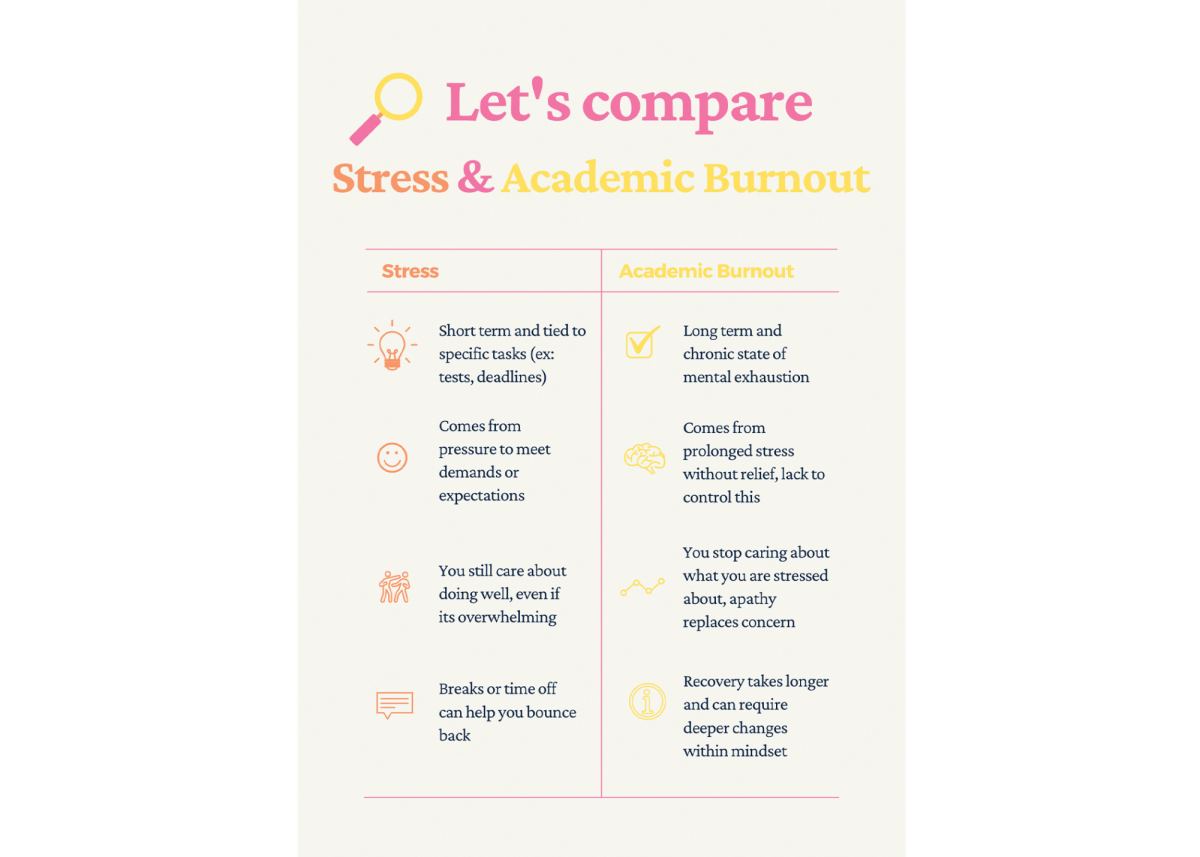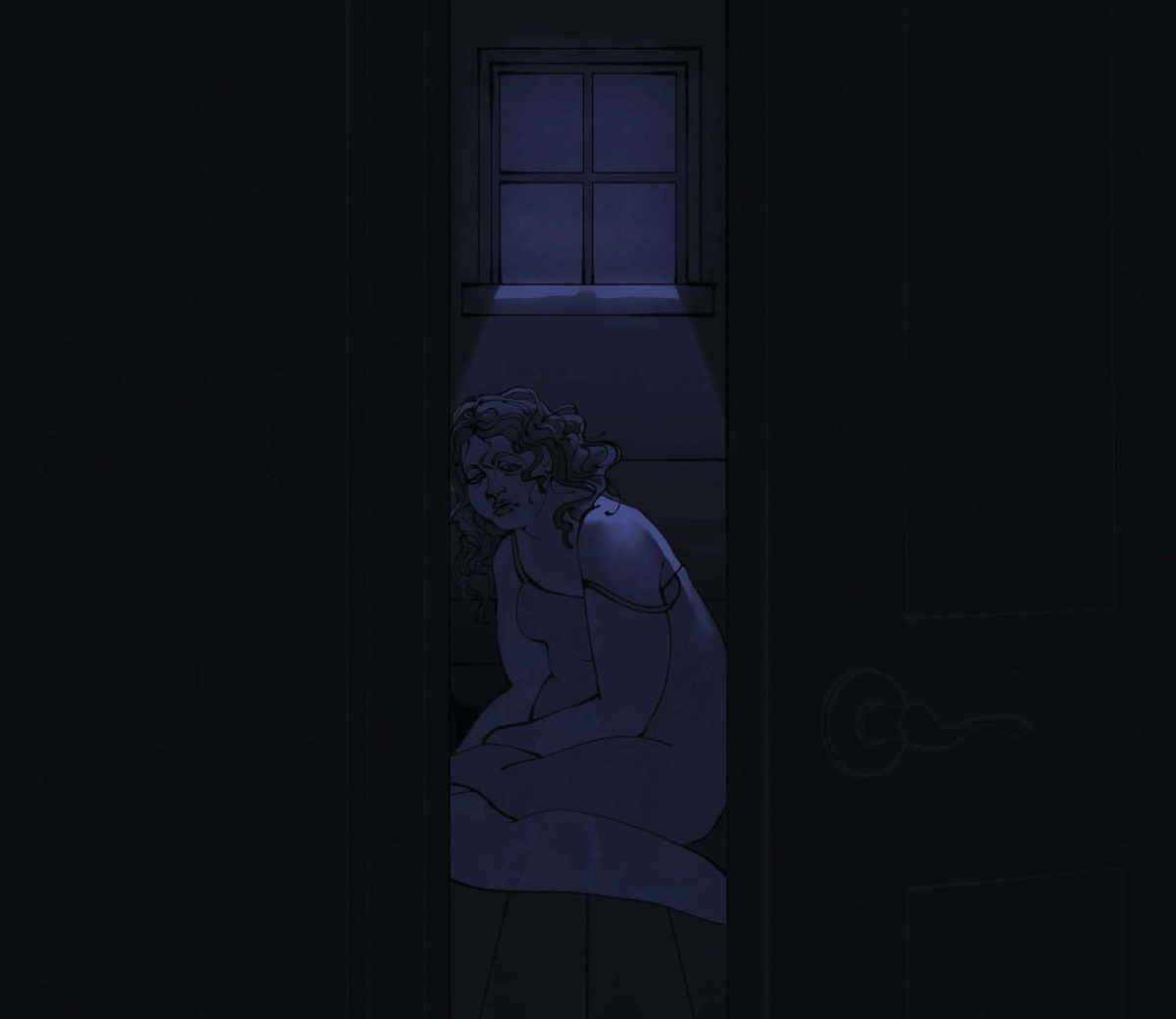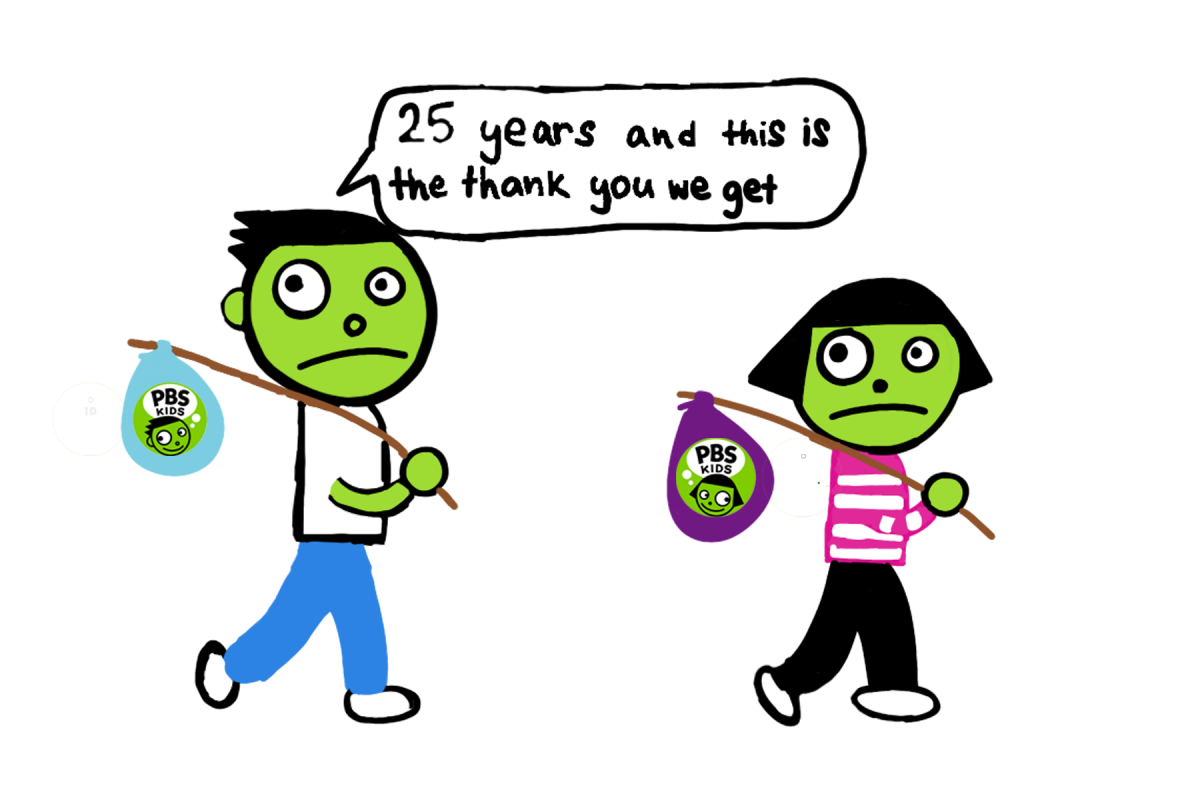Every morning, the alarm buzzes at 6 a.m.. The student drags themself out of bed, already exhausted before the day even begins. The school day is a medley of tests, lectures, group projects, and work time, but even when the bell rings to go home, there’s no relief. Instead of going home to rest, there is sport practice, or a part time job to go to. By the time they get home with still no rest, they have to sit down and start hours of homework again. It’s already late and sleep will be sacrificed, but they say once again, “I’ll get my sleep back this weekend,” even though they never do. The days blur into weeks as the exhaustion builds up into the body and mind. What felt like passion and ambition now feels like survival, a pressure to not fall behind. This may sound extreme, but for many highschool students it’s not an exaggeration, it’s the everyday norm.
For a large number of students, this pressure just increases as time goes on. Piling on higher and higher, this fuels a serious problem that plagues many students to this day: academic burnout
Academic burnout is a state of mental, emotional, and sometimes physical exhaustion caused by prolonged stress, and it’s increasingly becoming more common among teens. While schools often push students to aim high and “set them up for success,” the pressure to meet these often unrealistic standards can leave many overwhelmed.
Students today are told they need to strive to get into exceptional colleges, but in order to do this, oftentimes they need to have more than just “good grades.” Many feel the pressures to take multiple advanced placement classes (APs), participate in unique and impressive extracurriculars, win awards and scholarships, get leadership positions, and volunteer, but still stay put together and passionate by the time they turn 18 and graduate.
These expectations grow with each passing year, and clearly students feel it.
Due to academic burnout being a widely discussed topic, there are now even nicknames being made online for each grade’s academic challenges, such as; the Freshman Funk, Sophomore Slump, Junior Jitters, and Senioritis.
Although all of these grades take on the same topic of school issues, all the students have different experiences on how they handle these troubles, both as groups, and individually.
The Freshman Funk is characterized by the initial struggles that 9th graders go through heading into highschool. In a new environment, with new people, schedules, and a higher workload, it can be weird to adjust to their life. This can lead to loss of motivation due to a sudden increase in schoolwork and activities.
The Sophomore Slump describes the period where students become more used to their environment, however their motivation only decreases. With more freedoms around this age, such as the ability to drive, people want to go out and boost their social life. However, it’s hard to do that without sacrificing things like good grades and sleep, leading to a struggle in balance.
The Junior Jitters captures the major anxieties that students can feel when they start applying for colleges, and thinking about what they want to do in the future. On top of that, this year is when most students take their peak amount of AP classes, making it hard to manage school. These academic pressures increase with taking standardized tests such as the ACT and SAT, which are a huge part in determining their future, even though they shouldn’t be.
Lastly is Senioritis, the most popular kind of burnout occurring senior year where motivation hits an all time low as students are getting ready to graduate. If they have already gotten accepted into a college and know where they are going, they can feel a huge decrease in their academic performance to do anything, because it can feel pointless.
LSE counselor, Kelsey Lorimer, sees academic burnout occur everyday in students that come to her office. “I would say I’m dealing with it year-round,” Lorimer said. “I see spikes near the end of semesters.”
She brings up how burnout manifests differently at various stages of schooling, and can be closely correlated with students’ mental health. “I would say if I’m seeing that burnout in freshman and sophomore year it’s usually tied to depression or some other kind of mental health issue that causes a lack of motivation. whereas when I’m seeing it junior or senior year, it’s more of that burnout piece,” Lorimer said.
In order to help students manage, she uses a practical approach. “My favorite saying is- ‘How do you eat an elephant?’ One bite at a time,” Lorimer said. “Everything piles up and students don’t know where to start, so we break things down. Set realistic goals, prioritize tasks, and make the workload feel manageable.”
One of burnouts’ most damaging effects is how it can drain students of passions that they once had. “I’ve seen students lose interest in sports or activities they’ve loved for years. Others focus so much on extracurriculars that their academics slip,” Lorimer said.
Many teens commonly sacrifice their sleep, social lives, and mental health in the pursuit of “academic perfection.” Some even come to school sick, afraid to fall behind. Over time, this pressure can chip away at students’ well-being and self-worth.
These pressures are often formed personally as a push to be better, or from parents who try to make their students do the best that they can. Although, behind all of this pressure most of the time is the college admission system, which many people consider flawed, or in some cases, corrupt.
LSE junior, Avril Ameli, believes that the college admission process does have flaws that can play a major role in the problem of academic burnout, even though it might not be worth it in the end.
“Students extremely qualified can be denied to a school, while someone with worse stats than them would be accepted,” Ameli said. “This is why the student selection system is so unreliable and there is always something they throw at you.”
Lorimer agrees that the system has its flaws too, especially with things like college marketing.
“A lot of college marketing feels misleading,” Lorimer said. “Students get postcards and emails from prestigious schools and think they are wanted, but those schools just want more applications so they can reject more students, and look more exclusive.”
This can disproportionately affect students from different socioeconomic backgrounds too. Wealthier students often benefit from legacy status or access to resources to get ready for tests. Meanwhile, others also face the same expectations with fewer tools, and sometimes even higher stakes.
As a result a generation spawns that chases an ideal that may not even be attainable: the perfect college application, made to please admissions officers instead of reflecting genuine growth and curiosity to learn.
In the end, academic burnout will always occur with students, no matter how the system is set up. It is important to utilize managing skills and do the best that you can, without putting extra harm on yourself.
“Your mental health is more important than your grades,” Lorimer said. “If you’re not taking care of yourself, you won’t be able to succeed anyway. So take care of yourself. That’s the most important thing.”
Through medleys of tests, getting good grades, and activities, it’s easy to get caught up in procrastination, and demotivation for school. Burnout sadly is the norm for students, but there’s no way to stop it, so the only thing to do is to just work around it. Pushing through till the end of the school year working hard, taking step by step will always be better than doing nothing at all. Hard work will be appreciated one way or another in the end, when school creeps into summer.







